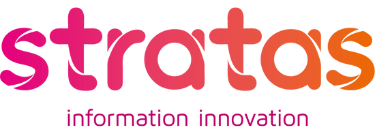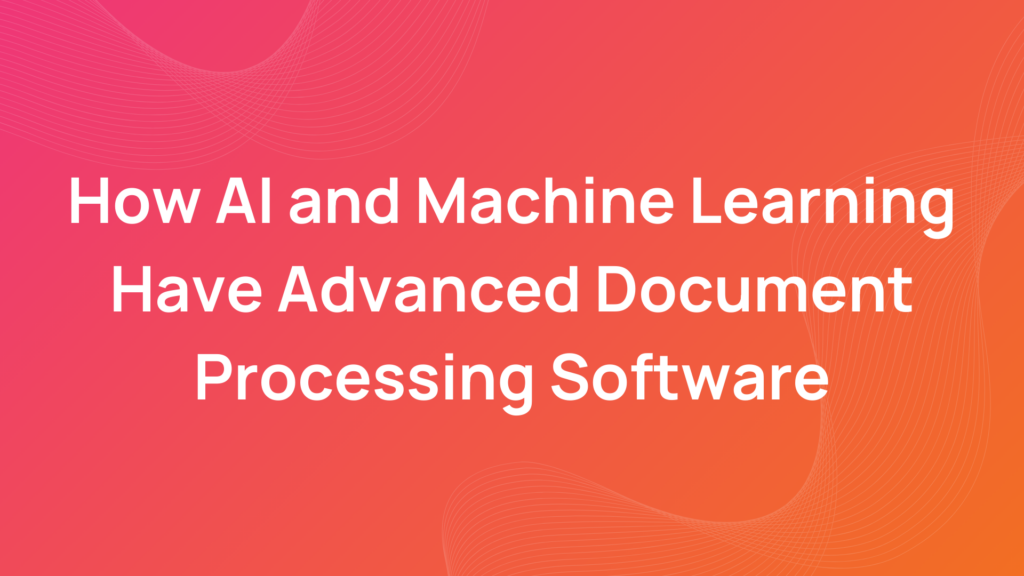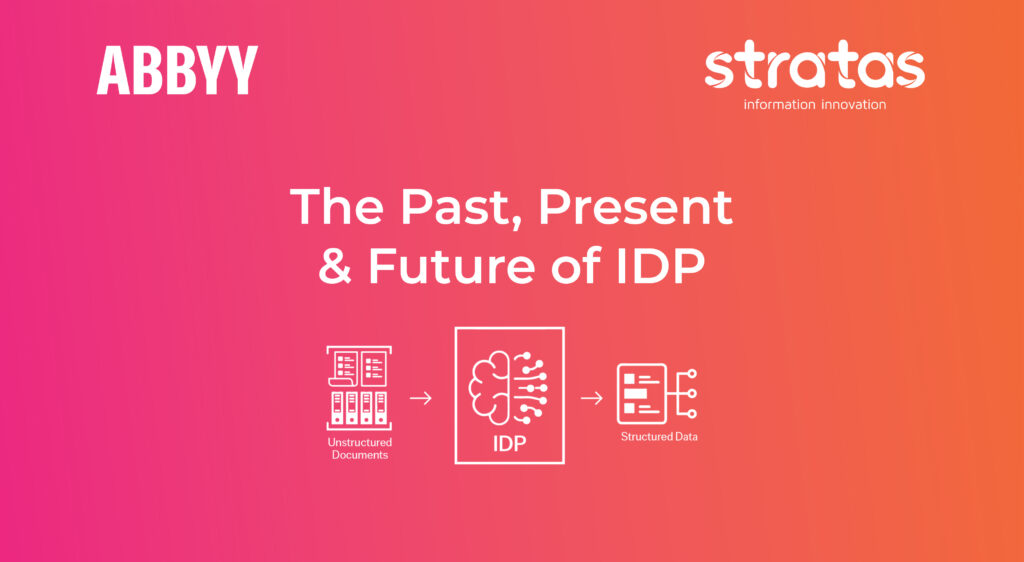Digital Transformation is a key goal for many organisations.
Transforming manual, paper-based processes is at the heart of many digital transformation strategies. Digital Transformation in Purchase to Pay can reduce human error, free up employees to focus on more complex or strategic tasks, and speed up essential operations.
Such transformation takes time, and requires both financial and human resource investment. As a result, many businesses continue to operate with substantial paper-based processes, not least in Purchase to Pay (P2P).
When it comes to Purchase to Pay, failing to adapt can lead to serious risks.
In 2012, Oracle and PwC revealed that financial reporting, cash and treasury, corporate accounting and order fulfilment were amongst the top ten business processes most vulnerable to fraud, waste and errors. When invoice payments or employee expenses requests are manually approved, there are countless opportunities for basic human error.
There is also the simple operational efficiency impact to consider. The more time accounts staff need to devote to managing the P2P process, the less time they must dedicate to strategic financial management. In an increasingly competitive business landscape – and one in which talented staff will soon move elsewhere if their work appears mundane – such a strategy cannot be for the long-term.
So, what are the options for businesses looking to apply digital transformation within Purchase to Pay?
Electronic invoicing: Digitising both inbound and outbound invoices means that paper invoicing becomes a thing of the past. Instead of generating Word or pdf documents, an electronic invoicing platform uses Electronic Data Interchange (EDI) or XML. This enables Finance teams to issue and receive invoices via a web-based system.
Electronic ordering: Documents can be processed electronically. As a result, this delivers a more integrated approach to the entire P2P process.
Automated expenses management: Reconciling and paying out employee expenses can be a time-consuming and wasteful process. This is not just for the accounts department, but also for individual employees. Expenses management tools typically include a scanner for automatically recording and archiving receipts, and a centralised system with inbuilt approval processes and parameters.
Purchase systems: Modular purchasing systems enable the automation of purchasing processes in line with an overarching corporate policy. This enables tight control over who can buy what, whilst allowing standard purchases to go through automatically.
The route to improved business efficiency
A report by Paystream Advisors has suggested that around one in three organisations currently use an e-procurement solution. This suggests that there is still an opportunity for many companies to digitise P2P processes.
Digital Transformation is the only way to improve efficiency, reduce costs and enhance innovation across all business processes and departments.
Find out more about Digital Transformation within Purchase to Pay.



